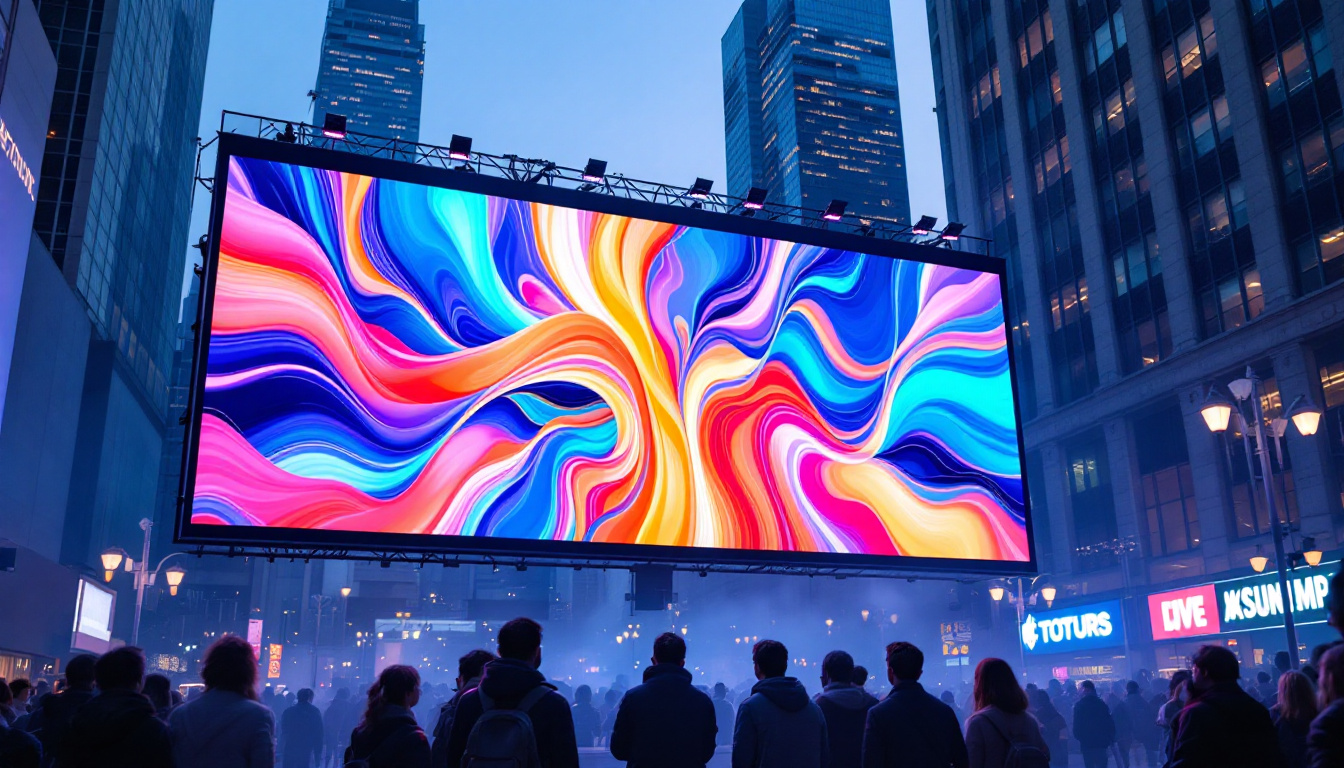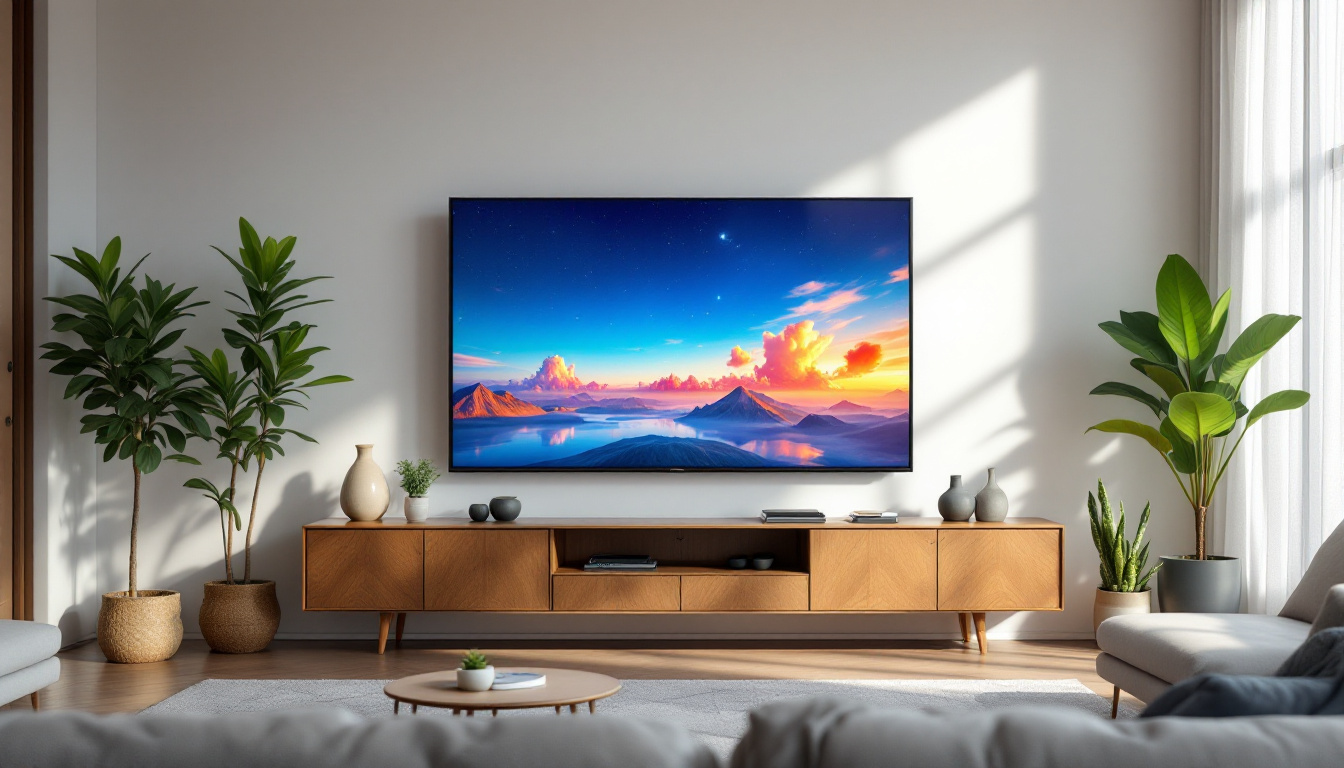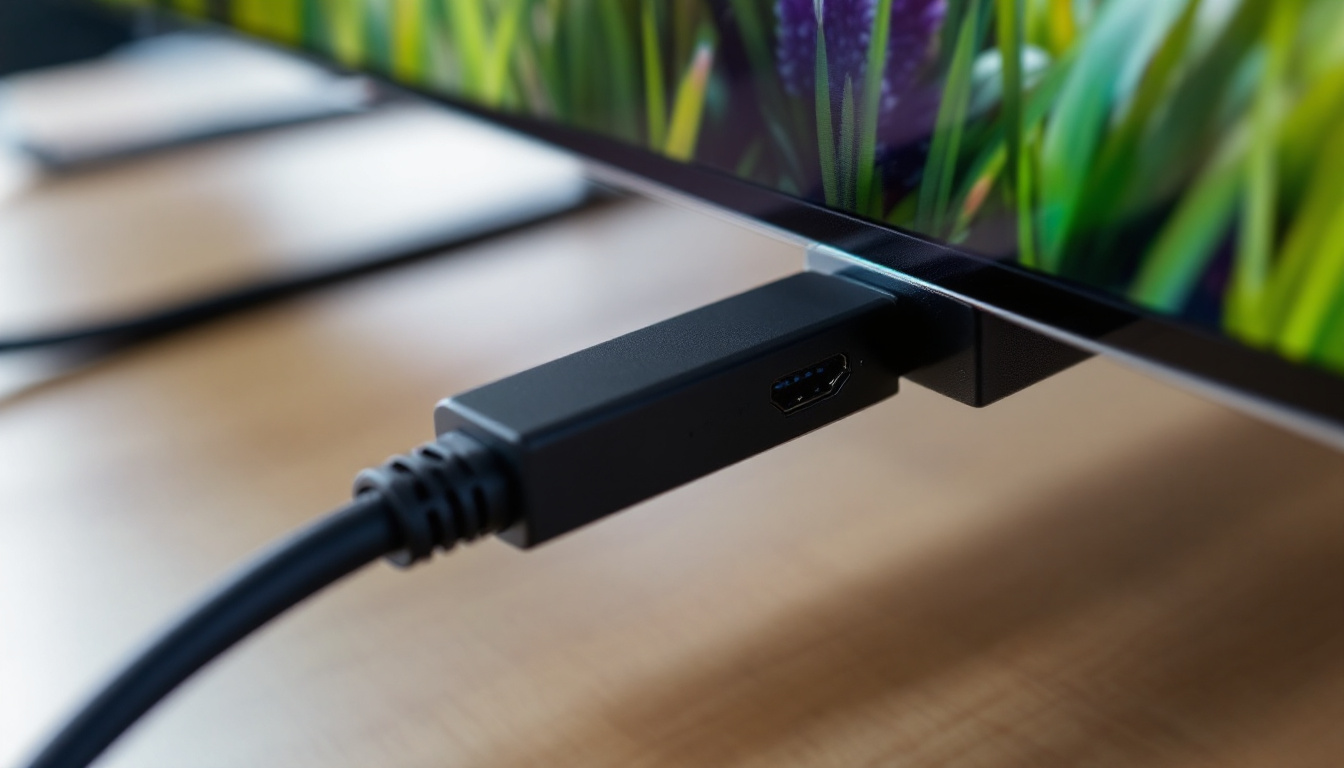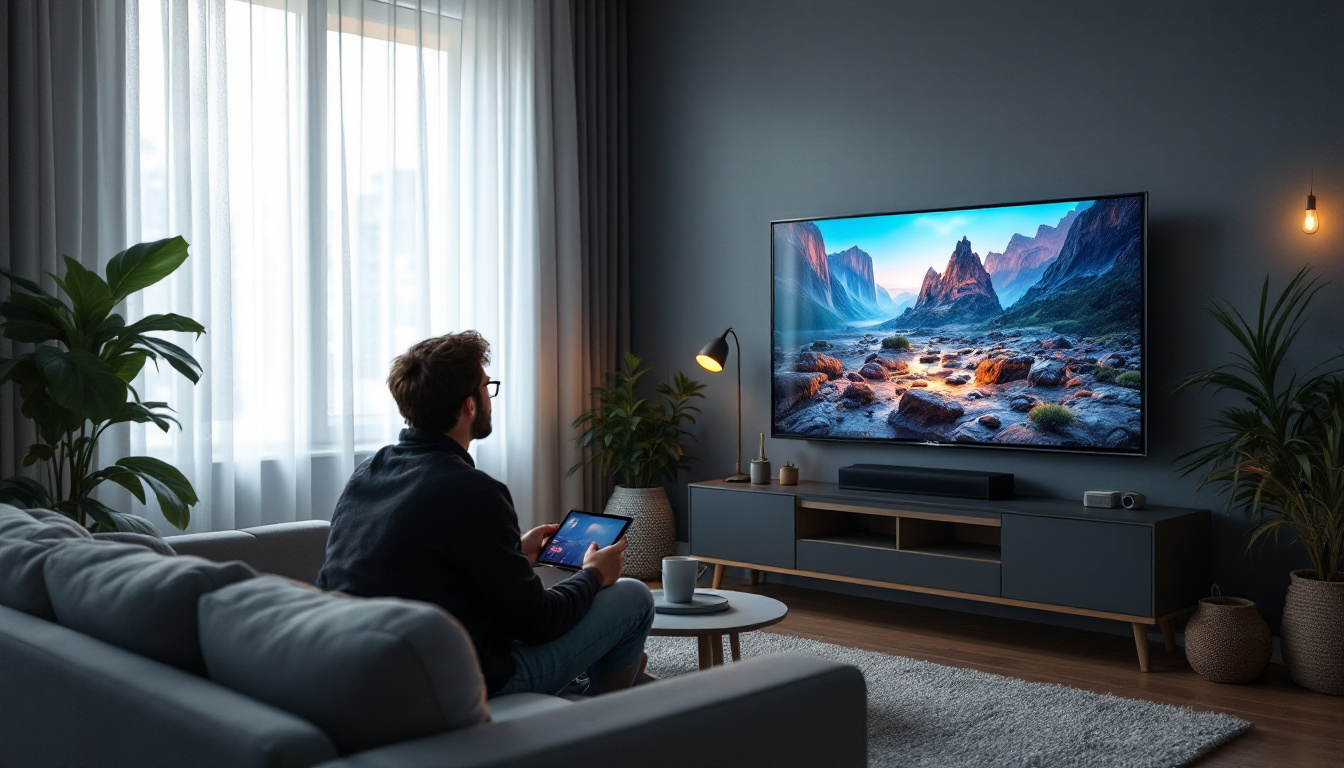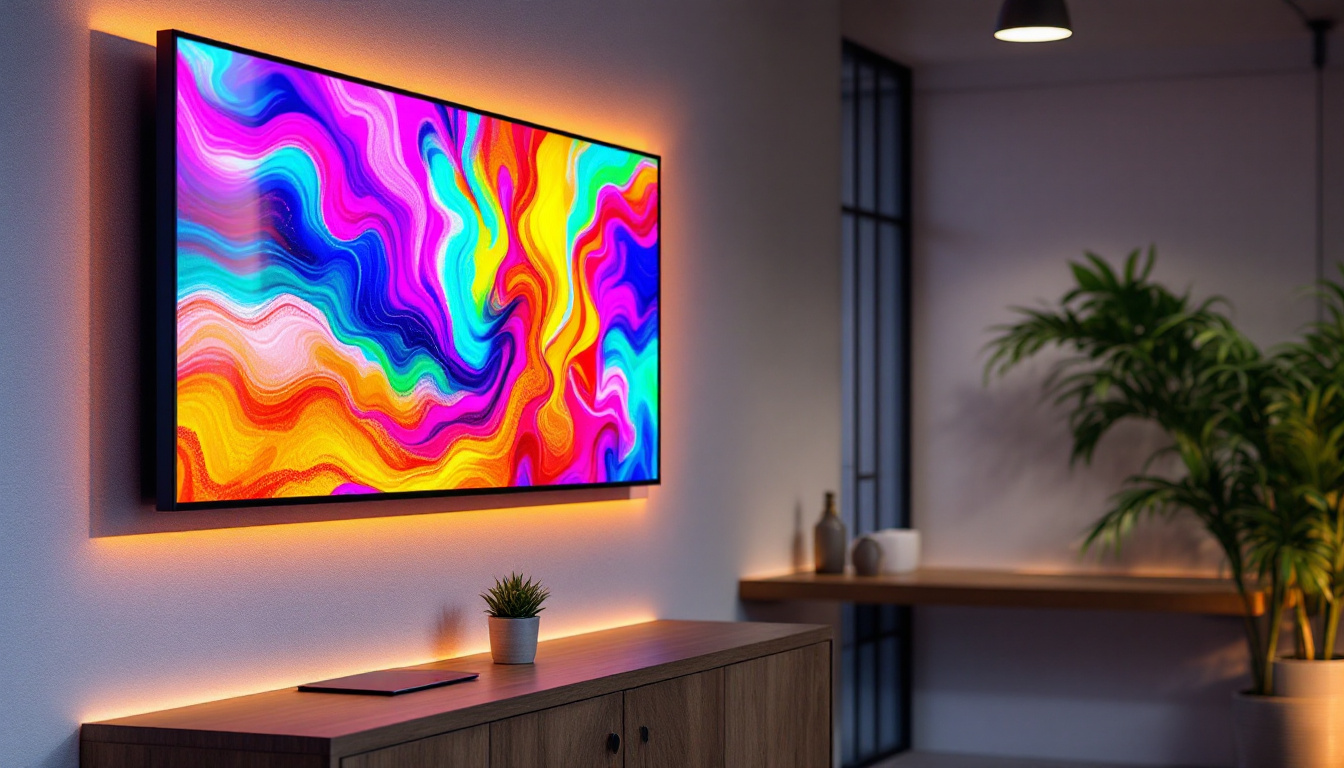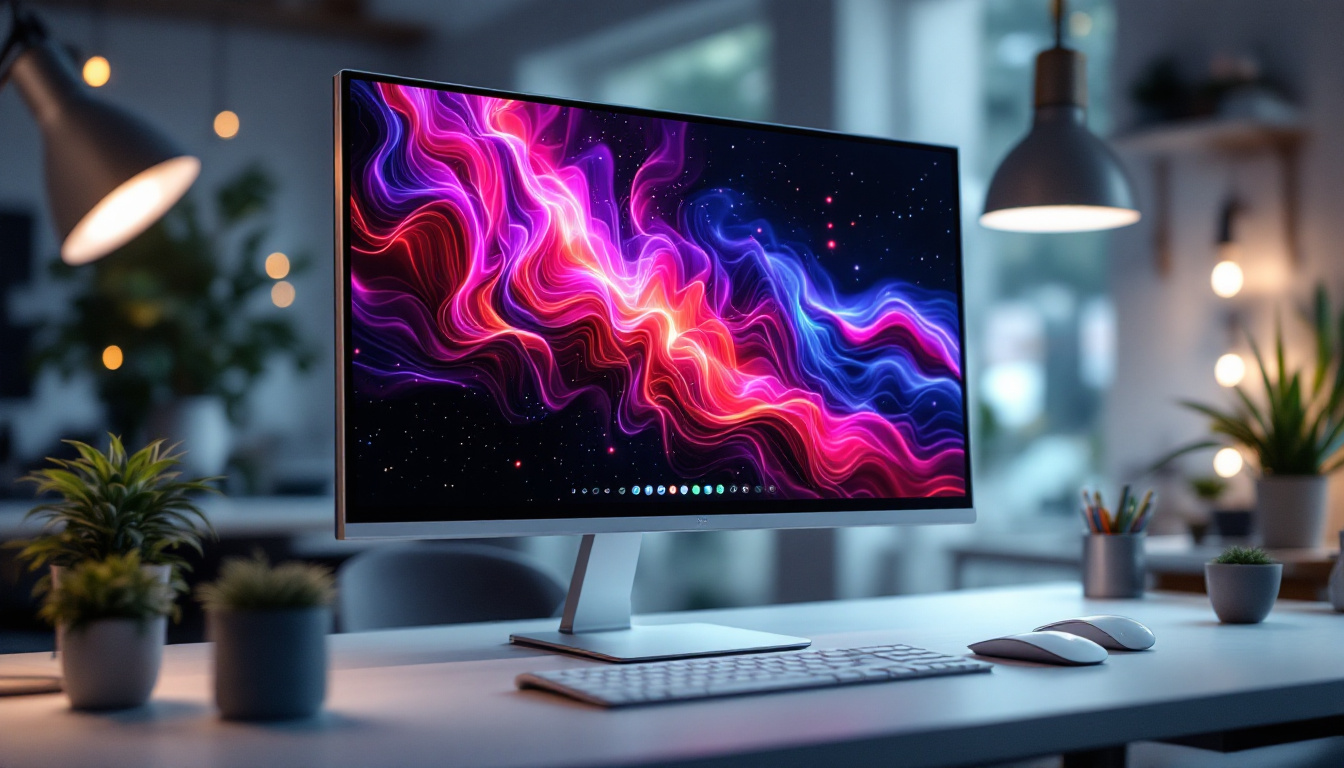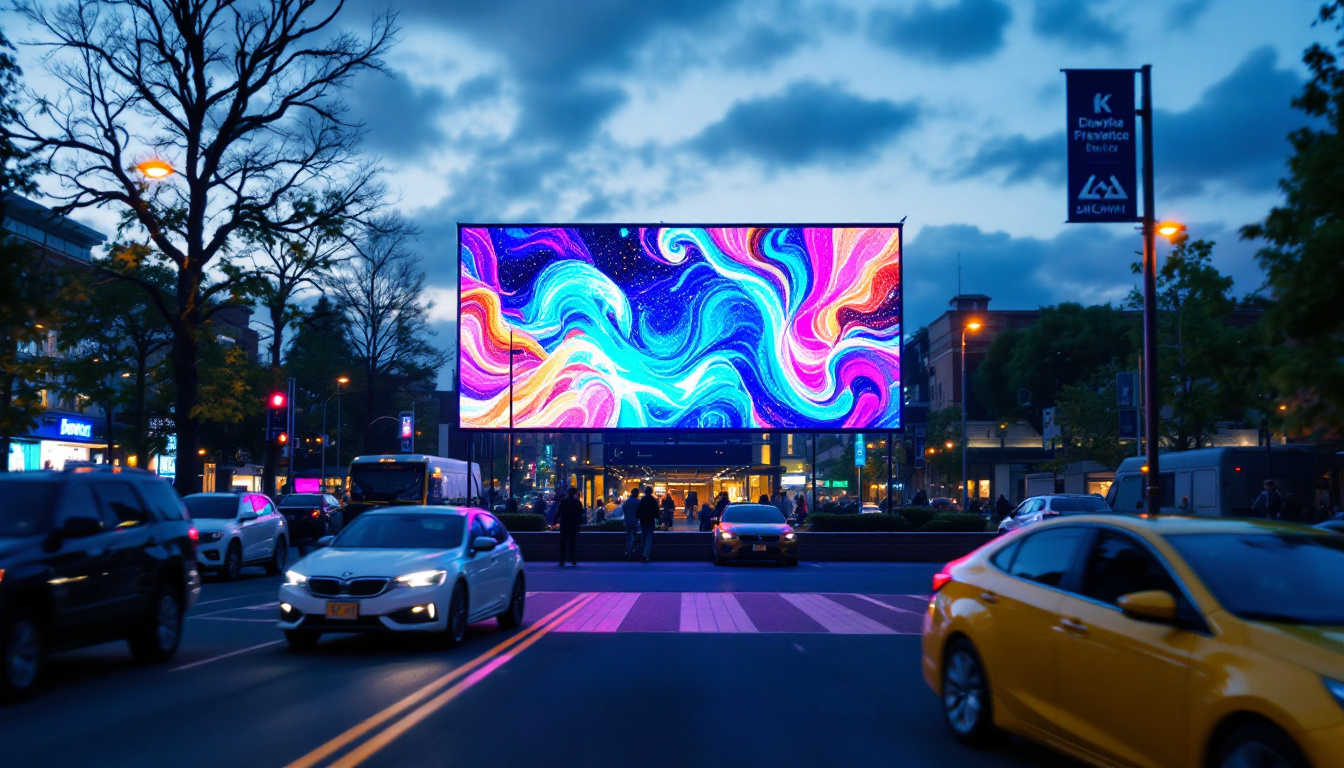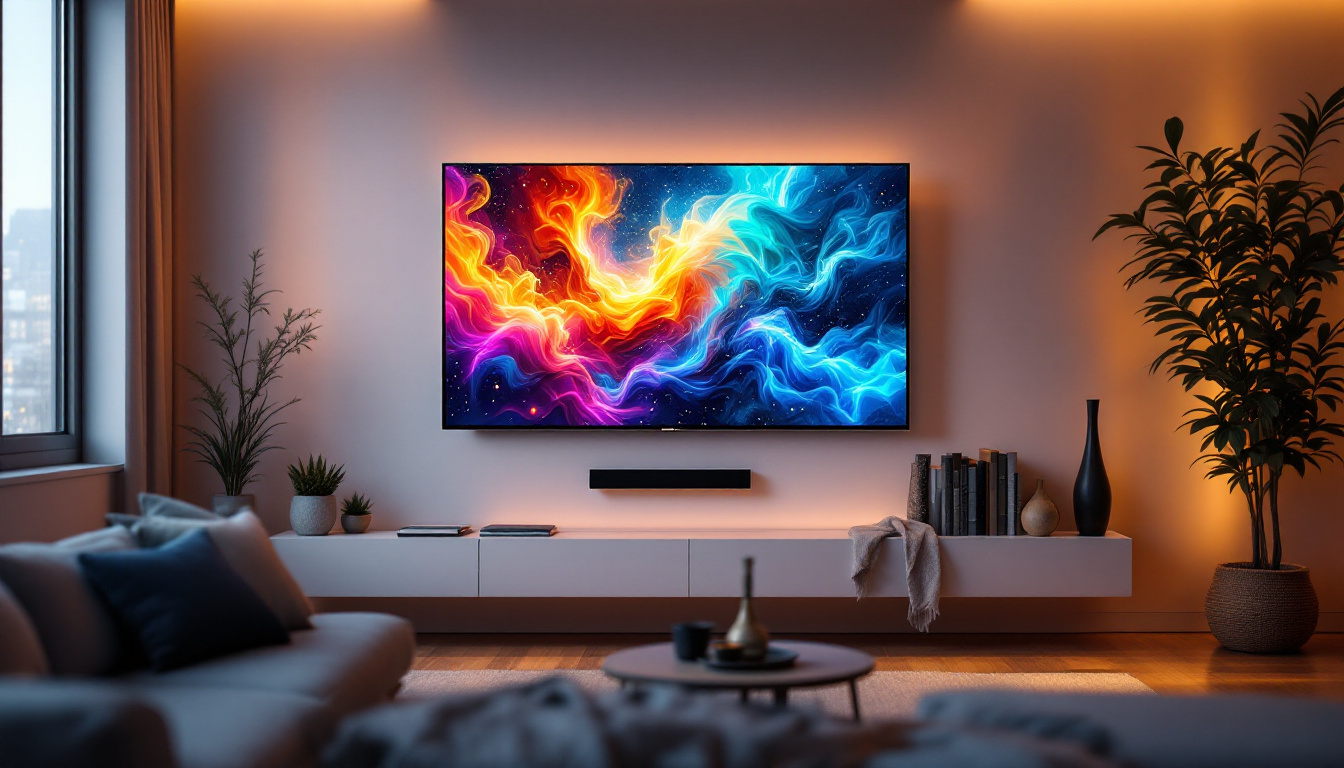How To Make 4 TVs Into One Screen: LED Display Explained
In today’s world of digital entertainment and professional presentations, the demand for larger, seamless displays is growing rapidly. Whether it’s for a home theater setup, a corporate conference room, or a public digital signage installation, the ability to combine multiple TVs into a single, unified screen can significantly enhance the viewing experience. This article explores how to make four TVs function as one screen using LED display technology, detailing the necessary equipment, setup processes, and practical considerations to achieve a flawless multi-screen display.
Understanding the Concept of Multi-Screen Displays
Before diving into the technical details, it’s important to understand what it means to combine multiple TVs into one screen. Essentially, this involves creating a video wall—an array of screens tiled together to display a single image or video. The goal is to make the viewer perceive the multiple TVs as one large, continuous display without noticeable breaks or misalignment. This seamless integration is achieved through advanced software and hardware that work together to ensure a cohesive visual experience.
Video walls are widely used in control rooms, retail environments, and event venues, where large-scale visuals are necessary. In a home setting, a multi-screen setup can transform gaming, movie watching, or even productivity tasks by expanding the visible area. For instance, gamers can enjoy an immersive experience by spreading their gameplay across multiple screens, while movie enthusiasts can create a cinematic atmosphere that rivals commercial theaters. Furthermore, the adaptability of multi-screen setups allows users to customize their layouts and content, making it a versatile option for various applications.
Why Use Four TVs?
Using four TVs arranged in a 2×2 grid is a popular choice because it balances size, resolution, and cost. Four 55-inch TVs, for example, can create a display roughly equivalent to a 110-inch diagonal screen. This setup is more affordable and flexible than purchasing a single massive LED panel, and it allows for easier maintenance and upgrades. Additionally, if one screen fails, it can be replaced without the need to overhaul the entire system, minimizing downtime and repair costs.
However, simply placing four TVs side by side isn’t enough. Without proper synchronization and image processing, the display will appear fragmented, with bezel gaps and inconsistent color or brightness. This is where LED display technology and video wall controllers come into play. These controllers manage the input signals and ensure that the content displayed is uniform across all screens, compensating for any discrepancies in brightness or color calibration. Moreover, advanced technologies like edge-blending can help to minimize the visibility of bezels, further enhancing the illusion of a single, uninterrupted display. As a result, the overall viewing experience is significantly improved, making multi-screen setups an appealing option for both personal and professional use.
Key Components for Creating a 4-TV Video Wall
To successfully merge four TVs into one cohesive screen, several components are essential. These include the TVs themselves, a video wall controller or processor, mounting hardware, and cabling. Each plays a critical role in ensuring the final display is seamless and functional.
Choosing the Right TVs
Not all TVs are created equal when it comes to building a video wall. Ideally, the TVs should be identical models to ensure uniform color reproduction, brightness, and resolution. Differences in display characteristics can cause distracting inconsistencies across the video wall.
LED TVs are preferred because of their vibrant colors, high brightness levels, and energy efficiency. Additionally, look for TVs with thin bezels to minimize the visible gaps between screens. Some manufacturers offer “video wall” models specifically designed with ultra-narrow bezels for this purpose.
Video Wall Controller or Processor
The heart of any multi-screen setup is the video wall controller. This device splits a single video input into multiple outputs, each corresponding to one of the TVs in the array. It ensures that the image is correctly divided and synchronized across all screens.
Controllers range from simple splitters to advanced processors capable of handling 4K or even 8K content, scaling, and image adjustments. For a 4-TV setup, a 4-output controller is necessary. Some controllers also support daisy-chaining, allowing for future expansion beyond four screens.
Mounting and Alignment Hardware
Proper mounting is crucial to achieve a seamless look. Video wall mounts allow precise alignment of the TVs, reducing the bezel gap and ensuring the screens are flush against each other. Many mounts offer fine-tuning adjustments for height, tilt, and rotation to perfect the alignment.
In addition, cable management solutions keep the installation clean and organized, preventing tangled wires and ensuring easy access for maintenance.
Cabling and Connectivity
High-quality HDMI or DisplayPort cables are required to connect the video wall controller to each TV. For longer distances, active cables or signal extenders might be necessary to maintain signal integrity. Additionally, power cables and possibly network cables (if using smart TVs or networked controllers) are part of the setup.
Step-by-Step Guide to Setting Up a 4-TV Video Wall
Once the components are gathered, the setup process involves careful planning and execution. The following steps outline how to create a unified display from four individual TVs.
1. Plan the Layout
Decide on the physical arrangement of the TVs. The most common configuration is a 2×2 grid, but other layouts are possible depending on space and purpose. Measure the area where the video wall will be installed to ensure the setup fits comfortably.
2. Mount the TVs
Using the video wall mounts, install each TV on the wall or a sturdy frame. Align the TVs carefully, minimizing bezel gaps and ensuring the edges are flush. Take advantage of the mount’s adjustment features to achieve perfect alignment.
3. Connect the Video Wall Controller
Connect the video source (such as a PC, media player, or streaming device) to the video wall controller’s input. Then, connect each of the controller’s outputs to the corresponding TV using HDMI or DisplayPort cables. Labeling cables can help avoid confusion during setup.
4. Configure the Controller
Power on the system and access the video wall controller’s configuration interface, usually via a web browser or dedicated software. Set the layout parameters to match the physical arrangement of the TVs (e.g., 2 columns by 2 rows). Adjust the bezel compensation settings if available to account for the physical gaps between screens.
5. Calibrate the Displays
Perform color and brightness calibration to ensure uniformity across all TVs. Many controllers offer built-in calibration tools, or you can use external calibration devices. This step is critical for achieving a professional, seamless appearance.
6. Test the Setup
Play various content types—images, videos, presentations—to verify that the entire display functions as a single screen. Look for synchronization issues, color mismatches, or any visual artifacts and adjust settings as needed.
Practical Applications and Benefits of a 4-TV Video Wall
Understanding the practical uses of a multi-TV video wall helps highlight why this setup is valuable across different environments.
Home Entertainment
A 4-TV video wall can transform a living room or dedicated media room into an immersive cinematic experience. Gamers can benefit from the expanded field of view, while movie enthusiasts enjoy a larger-than-life screen without investing in a costly projector or LED panel.
Corporate and Educational Settings
In conference rooms and classrooms, video walls enhance presentations by providing large, clear visuals that everyone can see. They are useful for displaying complex data, video conferencing, or collaborative workspaces where multiple inputs can be shown simultaneously.
Retail and Public Displays
Retailers and advertisers use video walls to attract attention with dynamic, high-impact visuals. Public venues such as airports, stadiums, and museums employ video walls for wayfinding, information dissemination, and entertainment.
Challenges and Tips for a Successful Multi-TV Display
While the benefits are clear, there are challenges to consider when creating a 4-TV video wall.
Bezel Management
Even with ultra-thin bezels, the gaps between TVs can disrupt the seamlessness of the display. Some video wall controllers offer bezel compensation features that adjust the image to account for these gaps, but physical bezel size remains a limiting factor.
Heat and Power Consumption
Four TVs running simultaneously generate heat and consume significant power. Ensure the installation area is well-ventilated and that the electrical circuit can handle the load safely.
Content Resolution and Scaling
To fully utilize the combined resolution of four TVs, the content source must support high resolutions. For example, four 1080p TVs arranged in a 2×2 grid create a 3840×2160 (4K) resolution display. Using 4K content ensures the image remains sharp and detailed.
Maintenance and Troubleshooting
With multiple screens, the likelihood of one TV developing issues increases. Design the installation for easy access and consider warranties or service plans. Regularly check for firmware updates for both the TVs and the video wall controller to maintain compatibility and performance.
Future Trends in LED Video Walls
The technology behind multi-screen displays continues to evolve rapidly. Advances in LED panel design, such as micro-LED and mini-LED technology, promise even thinner bezels and better brightness uniformity, further reducing the visual impact of screen edges.
Additionally, software improvements in video wall controllers are making it easier to manage complex layouts, integrate multiple content sources, and automate calibration processes. These developments will make multi-TV video walls more accessible and affordable for a wider range of users.
Wireless video wall solutions are also emerging, reducing the need for extensive cabling and allowing more flexible installations.
Conclusion
Creating a single, large screen from four individual TVs is a powerful way to enhance visual experiences across many settings. By carefully selecting compatible LED TVs, using a capable video wall controller, and ensuring precise installation and calibration, it is possible to achieve a seamless and striking display.
Whether for home entertainment, business presentations, or public signage, understanding the technology and best practices behind multi-TV video walls empowers users to make informed decisions and enjoy the benefits of expanded digital real estate.
As LED technology advances and costs continue to decrease, video walls are becoming an increasingly practical solution for anyone looking to amplify their visual impact with a large, unified screen.
Explore Cutting-Edge LED Display Solutions with LumenMatrix
Ready to take your visual experience to the next level? Discover the innovative world of LumenMatrix, where our advanced LED display technology brings your content to life. From immersive Indoor LED Wall Displays to dynamic Outdoor LED Wall Displays, and from versatile Vehicle LED Displays to stunning LED Sports Displays, LumenMatrix offers a wide array of solutions tailored to your needs. Whether you’re looking to create a captivating home theater or enhance your business’s brand visibility, our LED displays are designed to captivate and engage. Don’t miss the opportunity to transform your space with our Custom LED Display options, including All-in-One LED Displays and LED Transparent Displays. Check out LumenMatrix LED Display Solutions today and start creating unforgettable visual experiences!






